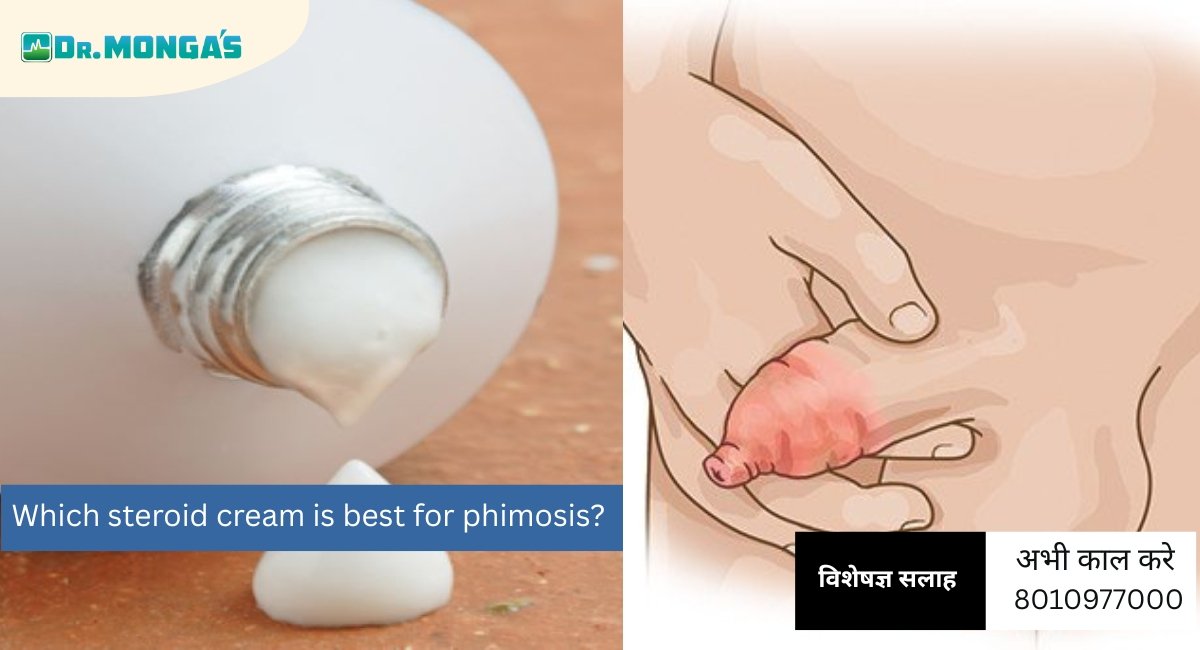Introduction
Dangers of Epididymitis without std: When it comes to epididymitis, many people immediately associate it with sexually transmitted diseases (STDs). However, the truth is that epididymitis can occur for various reasons unrelated to sexual activity. This blog post aims to shed light on the hidden dangers and non-STD causes of epididymitis, answering the common question: “Can you get epididymitis without having an STD?” By exploring these lesser-known factors, we hope to provide a comprehensive understanding of this condition and its diverse origins.
Understanding Epididymitis
Epididymitis is an inflammation of the epididymis, a coiled tube located at the back of the testicle that stores and carries sperm. While STDs like chlamydia and gonorrhea are indeed common causes, it’s crucial to recognize that epididymitis can develop from various non-STD sources as well.
Key Facts:
- Epididymitis can affect men of all ages
- It may be acute (short-term) or chronic (long-term)
- Non-STD causes are more common in certain age groups and situations
Common Non-STD Causes of Epididymitis
Let’s explore some of the hidden dangers that can lead to epididymitis without involving STDs:
- Urinary Tract Infections (UTIs): Bacteria from the urinary tract can sometimes travel to the epididymis, causing inflammation.
- Prostate Infections: Inflammation of the prostate gland can spread to the epididymis.
- Physical Trauma: Injury to the groin area can result in epididymitis.
- Certain Medications: Some medications, particularly those used to treat high blood pressure, can cause epididymitis as a side effect.
- Urinary Tract Abnormalities: Structural issues in the urinary tract can increase the risk of developing epididymitis.
- Tuberculosis: In rare cases, tuberculosis can affect the epididymis.
- Viral Infections: Some viral infections, such as mumps, can lead to epididymitis.
- Chemical Irritants: Exposure to certain chemicals can cause inflammation in the epididymis.
It’s important to note that while these causes are not related to STDs, they can be just as serious and require proper medical attention.
Recognizing Symptoms
Whether caused by an STD or not, the symptoms of epididymitis are generally similar. Being aware of these signs can help in early detection and treatment:
- Pain and swelling in one or both testicles
- Tenderness in the scrotum
- Painful urination
- Increased urinary frequency
- Discharge from the penis
- Blood in the semen
- Fever and chills
- Lower abdominal or pelvic pain
If you experience any of these symptoms, it’s crucial to consult a healthcare provider promptly, regardless of whether you suspect an STD or a non-STD cause.
Diagnosis and Treatment
Diagnosing epididymitis involves a combination of physical examination, medical history review, and diagnostic tests. Your doctor may perform the following:
- Physical examination of the scrotum and abdomen
- Urine tests to check for infections
- Blood tests to assess inflammation levels
- Ultrasound of the scrotum to visualize the epididymis
Treatment for epididymitis depends on the underlying cause but typically includes:
- Antibiotics for bacterial infections
- Anti-inflammatory medications for pain and swelling
- Rest and elevation of the scrotum
- Application of cold or warm compresses
It’s important to note that while STI treatment is necessary for cases caused by sexually transmitted infections, non-STD causes require different approaches tailored to the specific underlying condition.
Prevention Strategies
While not all cases of epididymitis can be prevented, certain measures can reduce the risk of developing this condition:
- Practice good hygiene
- Stay hydrated to flush out bacteria from the urinary tract
- Wear protective gear during physical activities to prevent injury
- Manage underlying health conditions effectively
- Follow safe sex practices to prevent STD-related cases
When to Seek Medical Help
If you suspect you have epididymitis, it’s crucial to seek medical attention promptly. Contact your healthcare provider if you experience:
- Persistent pain or swelling in the testicles
- Fever accompanied by scrotal pain
- Difficulty urinating
- Blood in your urine or semen
Early treatment can prevent complications and promote faster recovery.
Conclusion
Understanding the hidden dangers and non-STD causes of epididymitis is crucial for proper diagnosis and treatment. While STDs remain a common cause, it’s important to recognize that epididymitis can occur due to various other factors. By staying informed about these potential causes and being vigilant about symptoms, you can take proactive steps to protect your health and seek appropriate care when needed.
Remember, whether the cause is STD-related or not, epididymitis requires prompt medical attention. If you’re experiencing symptoms or have concerns, don’t hesitate to consult with a healthcare professional. Your health and well-being should always be a top priority.
Have you experienced symptoms of epididymitis or have questions about the condition? Share your thoughts in the comments below or consult with your healthcare provider for personalized advice.
[Internal Link: Learn more about maintaining overall reproductive health in our comprehensive guide to men’s health.]
[External Link: For more information on urological conditions, visit the American Urological Association’s patient education resources: https://www.auanet.org/patient-information]










Leave a Reply